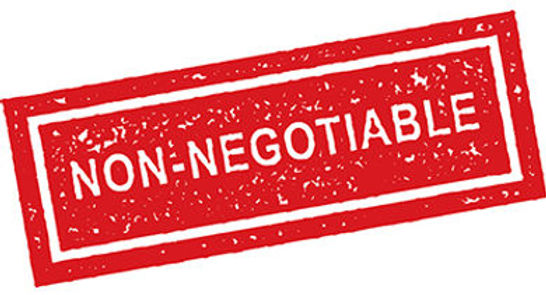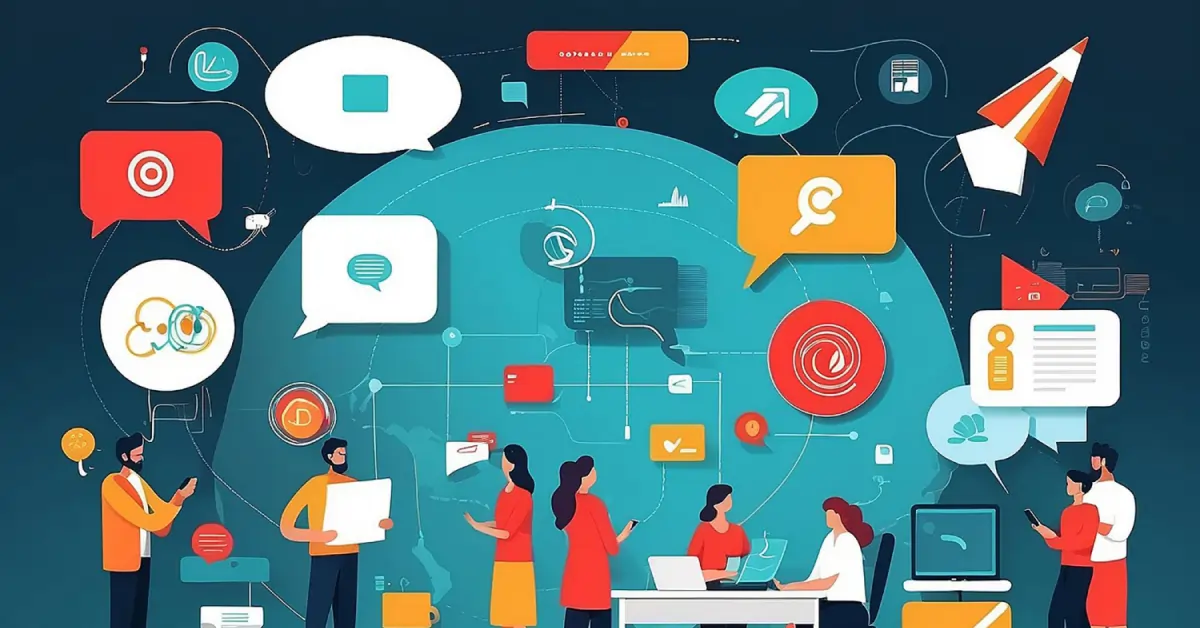Complex business communication can feel like trying to decode a foreign language. Jargon, buzzwords, and overly technical phrases create unnecessary barriers. This guide offers straightforward tips to ensure clarity and precision without losing the essence of the message. Whether you’re translating for a boardroom, an email, or a global audience, making information accessible is the ultimate goal.
Key Points:
- Simplify sentences by eliminating jargon.
- Match the tone of the audience.
- Keep technical terms precise, but explain where necessary.
- Use real-world examples for abstract concepts.
- Edit ruthlessly for clarity.
Why Clarity Is Non-Negotiable

People absorb information differently. If your audience struggles to grasp the core message, the entire effort flops. Think of poor translation as giving directions with landmarks nobody recognizes. Instead of leading them to their destination, you’re sending them in circles. Accurate translation ensures they not only arrive but also appreciate the journey.
Choose Experts Who Understand Nuances
Accuracy in translation depends on the skill of the translator. Some messages require cultural sensitivity, while others demand a deep grasp of industry-specific terms. For certified translation services in Australia, a NAATI accredited translator ensures that your documents meet professional standards, especially for official purposes like visas or business dealings.
Breaking Down Jargon
Business language often relies on phrases that sound fancy but confuse more than they clarify. Here’s how to tackle jargon:
- Replace abstract terms with concrete ones. Instead of “leverage synergies,” say “work together more effectively.”
- Explain unfamiliar terms briefly. Never assume everyone knows the lingo.
- Ask yourself: Would my grandmother get this? If not, simplify it.
The Importance of Context

Translation without context is like cooking without a recipe—you’ll end up with a dish, but it may not taste right. Tailor the message to its environment:
- Internal communications: Use informal and concise language.
- External presentations: Stick to formal language with key points highlighted for easy retention.
- Global documents: Consider cultural differences in how concepts are expressed.
Tools for Better Translation
Technology can help, but it’s not a cure-all. Use tools wisely:
- Glossaries ensure consistent terminology across documents.
- Translation memory software speeds up repetitive tasks without sacrificing accuracy.
- Human oversight catches subtleties no AI can replicate.
Five Tips for Better Translations
- Know your audience. Tailor tone, style, and vocabulary to suit their expectations.
- Avoid buzzwords. They dilute the message instead of enhancing it.
- Be literal where needed. Figurative language often loses its meaning.
- Read out loud. Awkward phrases become obvious when spoken.
- Edit and proofread. Precision requires a second look.
Examples to Keep Things Real
To simplify complex business language, examples bridge the gap between confusion and clarity.
Imagine translating “streamline operational efficiencies” into something practical. It might become “reduce unnecessary steps to save time and money.” By grounding abstract concepts in everyday language, your audience connects immediately.
Formatting for Easy Reading

Visual appeal enhances comprehension. A wall of text turns readers off, so break it into:
- Short paragraphs.
- Bullet points for lists.
- Tables for comparative information.
- Clarity isn’t just about the words. It’s about how they’re presented.
FAQs
1. Why does business language often feel overly complicated?
Some professionals believe complex phrases show expertise, but simpler language is usually more effective.
2. How can I identify a skilled translator?
Look for certifications like NAATI accreditation and ask for samples of past work.
3. Are translation tools reliable for business communication?
They’re helpful for basic tasks but lack the nuance required for sensitive documents.
4. What’s the best way to simplify technical language?
Break it into small concepts, then explain with examples or comparisons.
5. How do I ensure cultural sensitivity in translations?
Work with experts familiar with the target culture to avoid misunderstandings.
Wrap-Up
Translation doesn’t just convert words; it connects ideas. By focusing on clarity and accuracy, your audience receives a message that resonates. Simplify where possible, edit with intent, and trust professionals to refine your communication.







